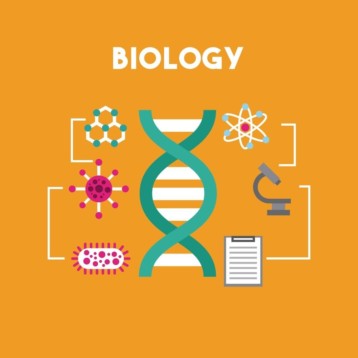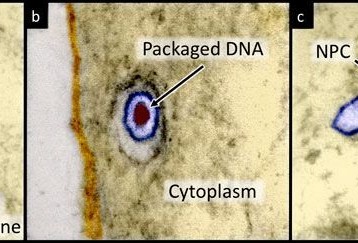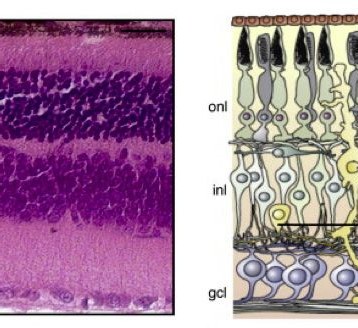|
Parthenogenesis is a phenomenon where females of a certain species give birth without sexual contact with males. This type of reproduction is utilized by many species that live under stressful conditions. The source of this stress can be long term desiccation, sparse population, or rapid changes of environmental conditions. While parthenogenesis reduces genetic complexity and variability in the species, it is advantageous in allowing rapid reproduction.
The appearance of this phenomenon should arouse great interest in the ecological and evolutional aspect – since parthenogenesis appears commonly in stressful environments and conditions. Although it is widely accepted that natural parthenogenesis is impossible in mammals, it is known that parthenogenetic-like events do occur in mammals and even in humans. Scientists agree that the natural outcome of these parthenogenetic-like events are… tumors!
Due to genetic imprinting, parthenogenesis cannot occur naturally in mammals. Therefore, is it accepted that parthenogenetic-like events in mammals lead to abnormal growths and tumors. These facts may have some important implications. For instance, it is possible that parthogenetic events occur more frequently when mating does not take place for a long period of time. In addition, studying these events may shed light on the mechanisms of gonad-related tumors in humans.
Additional information on parthenogenesis can be found here.










